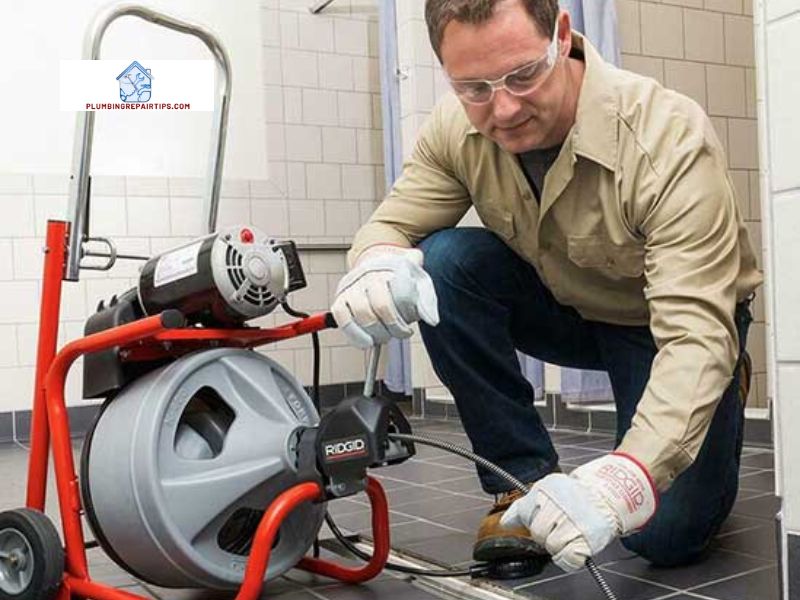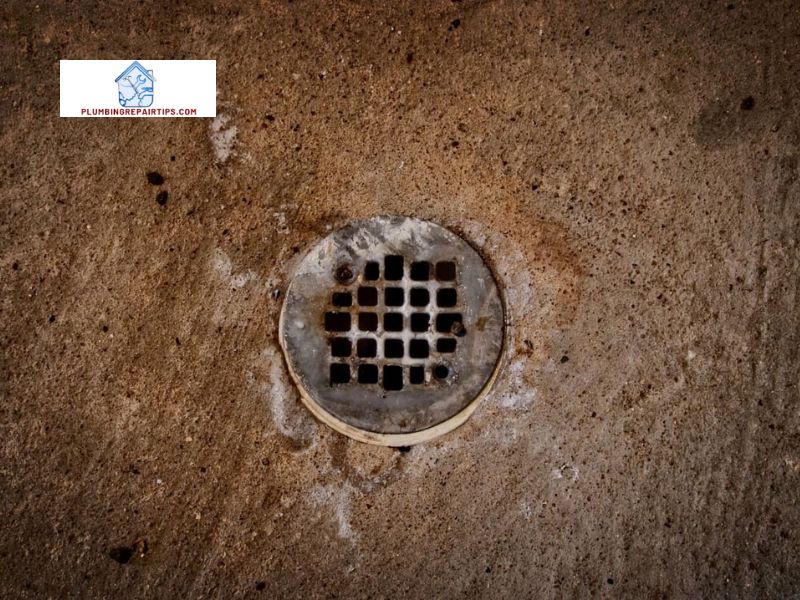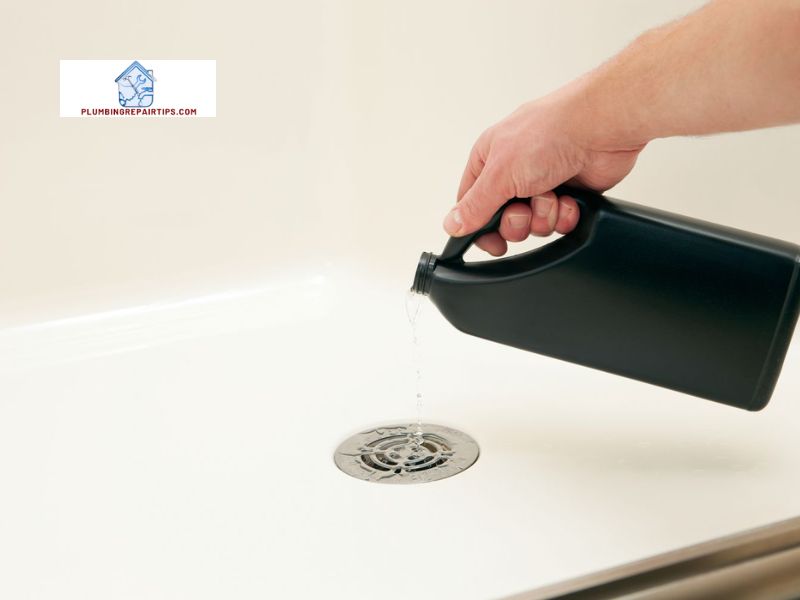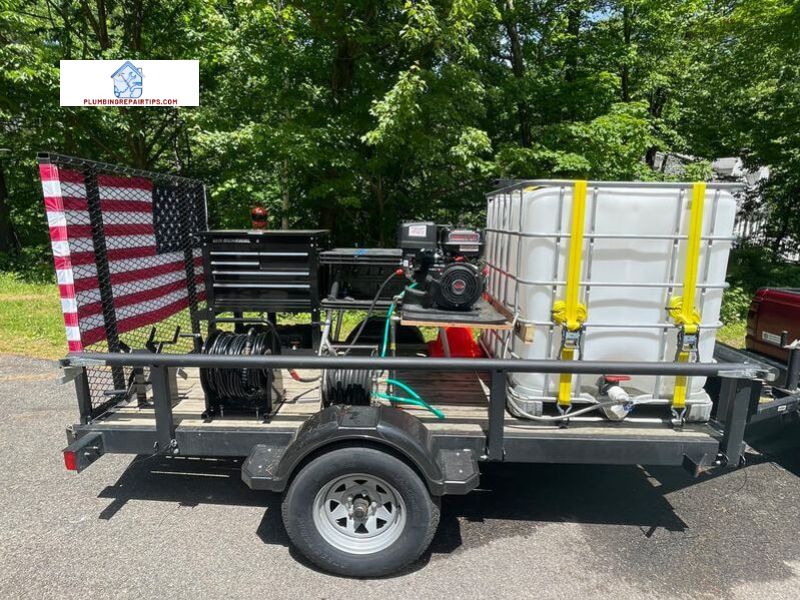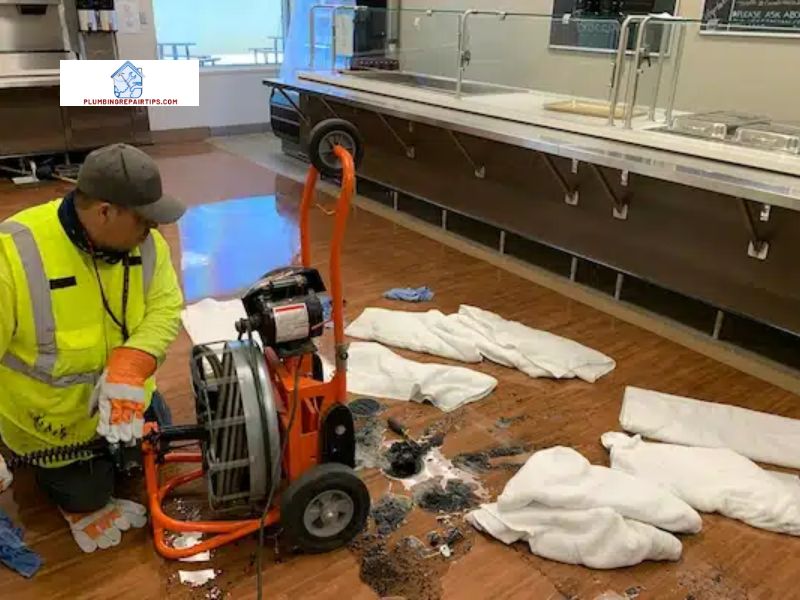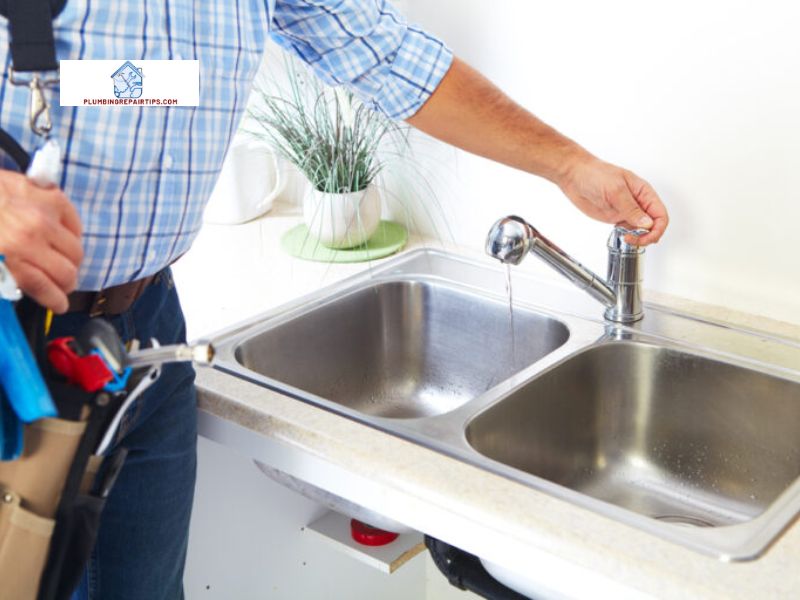Homeowners often overlook the importance of sewer cleanout installation, but it plays a crucial role in maintaining a well-functioning plumbing system. Imagine having a clogged sewer line with no access point for inspection or cleaning. Sounds like a nightmare, doesn’t it? That’s where sewer cleanouts come to the rescue. In this article, plumbingrepairtips.com will shed light on the significance of sewer cleanout installation and the benefits it brings to your home.
A. Importance of Sewer Cleanout Installation

When it comes to sewer line maintenance, having a cleanout installed is essential. A sewer cleanout acts as an access point, allowing plumbers to easily inspect and clear any blockages or clogs. Without a cleanout, the process becomes more challenging and time-consuming, leading to increased costs for repairs and potential damage to your property.
By installing a sewer cleanout, you gain the advantage of quick and efficient troubleshooting. Plumbers can use specialized tools to access the cleanout and identify the source of the problem, whether it’s a clog, tree root intrusion, or a damaged pipe. This eliminates the need for extensive digging and guesswork, saving you both time and money.
B. Benefits of Having a Sewer Cleanout

- Easy access for maintenance: A sewer cleanout allows plumbers to perform routine maintenance tasks with ease. Regular inspections and cleaning prevent major issues from arising, ensuring the longevity of your plumbing system.
- Cost-effective repairs: With a cleanout in place, repairs become less invasive and expensive. Plumbers can address the problem directly through the access point, minimizing the need for extensive excavation or pipe replacement.
- Efficient problem-solving: When a sewer line issue arises, time is of the essence. A cleanout provides plumbers with quick access to the problem area, allowing them to resolve the issue promptly and restore normal plumbing operations.
- Prevention of property damage: Clogged sewer lines can lead to sewage backups, causing significant damage to your property. A cleanout acts as a preventive measure, enabling timely intervention and minimizing the risk of costly repairs and cleanup.
Now that we understand the significance and benefits of sewer cleanout installation, let’s delve deeper into the process itself. In the next section, I will guide you through the steps involved in installing a sewer cleanout, ensuring a smooth and hassle-free experience. Stay tuned!
Understanding Sewer Cleanout Installation
A. Definition of Sewer Cleanout
A sewer cleanout is a vital component of a plumbing system that provides access to the main sewer line for inspection, maintenance, and clearing of blockages. It is typically a capped pipe that extends vertically from the ground or a wall, allowing plumbers to access the sewer line without the need for extensive digging.
B. Purpose of Sewer Cleanout
The primary purpose of a sewer cleanout is to facilitate easy access to the sewer line for maintenance and repairs. It serves as a convenient entry point for plumbers to diagnose and address any issues that may arise, such as clogs, backups, or leaks. Without a cleanout, resolving sewer line problems becomes significantly more challenging and time-consuming, leading to increased costs and potential damage to the plumbing system.
C. How Sewer Cleanout Works
The sewer cleanout works by providing a direct access point to the main sewer line. When a problem occurs, a plumber can remove the cleanout cap and insert specialized tools, such as a sewer snake or hydro-jetting equipment, to clear blockages or perform inspections. This eliminates the need to dig up the entire sewer line, reducing both the time and cost involved in resolving the issue.
During routine maintenance or in the event of a blockage, a plumber may insert a camera into the cleanout to visually inspect the condition of the sewer line. This allows them to identify any potential issues, such as tree root intrusion, pipe damage, or buildup, and take appropriate measures to rectify them.
By understanding the definition, purpose, and functioning of a sewer cleanout, you can appreciate its significance in maintaining a healthy and efficient plumbing system. In the next section, I will guide you through the step-by-step process of installing a sewer cleanout, empowering you to tackle this task with confidence. Let’s dive in!
Steps to Install a Sewer Cleanout
Installing a sewer cleanout may seem like a daunting task, but with the right guidance, you can tackle it with confidence. Here are the essential steps to follow for a successful sewer cleanout installation:
A. Assessing the Plumbing System
Before you begin the installation process, it’s crucial to assess your plumbing system. Identify the main sewer line and determine the best location for the cleanout. Consider factors such as accessibility, proximity to the house, and the slope of the sewer line.
B. Choosing the Right Location
Selecting the optimal location for your sewer cleanout is vital. It should be easily accessible and strategically placed to facilitate efficient maintenance and inspection. Aim for a spot where the cleanout won’t be obstructed by landscaping or structures.
C. Gathering the Required Tools and Materials
To ensure a smooth installation, gather all the necessary tools and materials beforehand. You may need a shovel, pipe cutter, PVC pipes and fittings, primer, cement, and a cleanout cover. Double-check your local plumbing codes to ensure compliance.
D. Excavating the Area
Once you’ve determined the location, it’s time to excavate the area. Dig a hole deep enough to accommodate the cleanout pipe and fittings. Take caution not to damage any existing pipes or utilities during the excavation.
E. Installing the Cleanout Pipe and Fittings
With the area prepared, it’s time to install the cleanout pipe and fittings. Connect the cleanout pipe to the main sewer line using appropriate fittings. Ensure a secure connection by applying primer and cement according to the manufacturer’s instructions.
F. Backfilling and Compacting the Soil
After the cleanout pipe is securely installed, carefully backfill the area with soil, ensuring proper compaction. Avoid excessive pressure that could damage the pipe. Once the soil is compacted, check for any leaks or loose connections before proceeding.
Congratulations! You have successfully installed a sewer cleanout. However, it’s important to note that if you’re uncomfortable with any of these steps, it’s best to consult a professional plumber. In the next section, we’ll explore the pros and cons of hiring a professional versus tackling the installation as a DIY project. Stay tuned!
Hiring a Professional or DIY: Pros and Cons
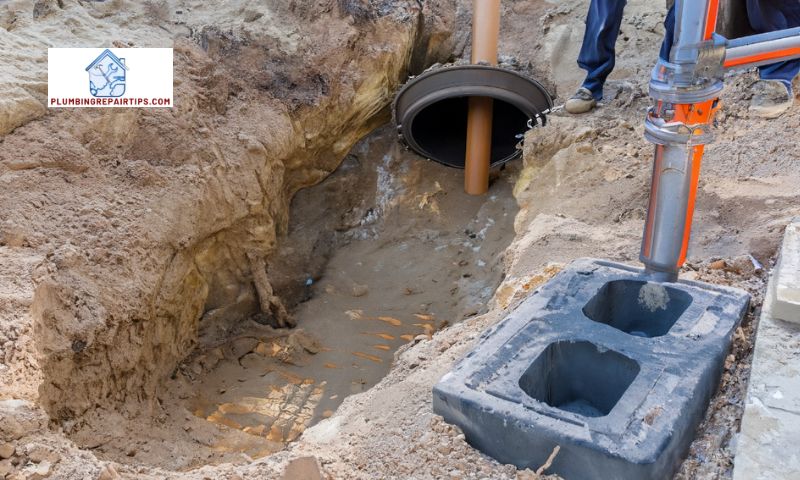
When it comes to sewer cleanout installation, you have two options: hiring a professional plumber or tackling the project yourself. Each choice comes with its own set of pros and cons. Let’s explore the benefits of hiring a professional and the advantages of a DIY approach, along with the factors you should consider before making a decision.
A. Benefits of Hiring a Professional
- Expertise and Experience: Professional plumbers possess the necessary knowledge and experience to tackle sewer cleanout installations efficiently. They are well-versed in local building codes and regulations, ensuring a compliant and safe installation.
- Proper Tools and Equipment: Plumbers have access to specialized tools and equipment required for the job. From excavation machinery to pipe fittings, they come equipped with everything needed to complete the installation accurately.
- Time and Convenience: By hiring a professional, you save valuable time and effort. They handle the entire process, from assessing your plumbing system to obtaining permits, executing the installation, and cleaning up afterward. This allows you to focus on other important tasks without worrying about the complexities of the project.
B. Advantages of DIY Sewer Cleanout Installation
- Cost Savings: Undertaking a sewer cleanout installation yourself can save you money on labor costs. However, it’s important to consider your level of expertise and the potential risks associated with DIY projects.
- Sense of Accomplishment: Successfully completing a DIY project can bring a sense of pride and accomplishment. If you enjoy tackling home improvement tasks and have some plumbing knowledge, DIY installation may be a rewarding experience.
C. Factors to Consider Before Deciding
- Complexity of the Project: Assess the complexity of the sewer cleanout installation. If it involves extensive excavation, intricate plumbing connections, or requires permits, hiring a professional is recommended.
- Skill and Knowledge: Evaluate your own plumbing skills and knowledge. Ensure you have a solid understanding of the installation process, including safety protocols and local regulations.
- Time and Availability: Consider the time and availability you have to dedicate to the project. DIY installations may take longer, especially if you have limited experience or encounter unexpected challenges.
- Budget Constraints: Compare the costs associated with hiring a professional versus undertaking the project yourself. Factor in the potential risks and expenses that may arise from any mistakes or complications during DIY installation.
By carefully considering these factors, you can make an informed decision that aligns with your skills, resources, and preferences. Whether you choose to hire a professional or embark on a DIY journey, the ultimate goal is to ensure a successful sewer cleanout installation.
Conclusion
In conclusion, sewer cleanout installation is a vital aspect of maintaining a healthy plumbing system. By having a cleanout in place, you ensure easy access for inspections, regular maintenance, and efficient troubleshooting of any sewer line issues that may arise. Let’s recap the key points discussed in this article:
- Importance of Sewer Cleanout Installation: A sewer cleanout provides a convenient access point for plumbers to address clogs, blockages, and other sewer line issues promptly. It saves time, and money, and prevents potential damage to your property.
- Benefits of Having a Sewer Cleanout: Installing a sewer cleanout offers easy maintenance, cost-effective repairs, efficient problem-solving, and prevention of property damage. It is a proactive measure that safeguards the longevity and functionality of your plumbing system.
To ensure the optimal performance of your sewer cleanout, it is essential to prioritize regular maintenance and upkeep. Here are a few key considerations:
A. Regular Inspection and Cleaning
Schedule periodic inspections of your sewer cleanout to identify any potential issues before they escalate. Professional plumbers can perform a thorough cleaning and ensure that your cleanout remains clear and functional.
B. Tips for Preventing Clogs
Prevention is always better than dealing with clogs. Implement these preventative measures to keep your sewer cleanout and plumbing system running smoothly:
- Avoid flushing non-biodegradable items down the toilet.
- Use drain guards to catch hair, food particles, and other debris.
- Be mindful of what you pour down your drains, avoiding grease, oil, and chemical-based products.
C. Signs of a Blocked Cleanout and How to Address Them
If you suspect a blocked cleanout, watch out for these warning signs:
- Foul odors emanating from your drains or cleanout area.
- Slow drainage or gurgling sounds coming from your plumbing fixtures.
- Sewage backups or overflowing toilets.
If you encounter any of these signs, it’s crucial to address the issue promptly. Contact a professional plumber who can assess the situation and take appropriate measures to clear the blockage.
Remember, regular maintenance and prompt action are key to ensuring the proper functioning of your sewer cleanout and overall plumbing system.
Thank you for joining me on this journey to understand the importance of sewer cleanout installation and maintenance. For more plumbing tips and expert advice, visit plumbingrepairtips.com, your go-to resource for all your plumbing needs. Keep your plumbing system in top shape and enjoy a worry-free home.
